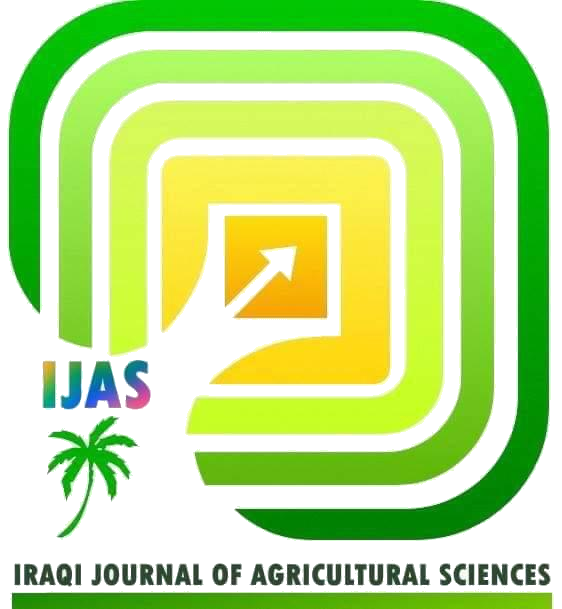
2.jpg)
This is an open-access journal and all content of the journal is available for readers free of - charge immediately upon publication.
Authors are invited to submit manuscripts to this journal. Each submission will be evaluated by the editor to determine whether it meets the aims and scope of the journal. Submissions deemed suitable will be sent for peer review before a decision is made regarding acceptance or rejection.
Before submitting any manuscript, authors are responsible for obtaining permission to publish any materials included in the submission, such as images, documents, or datasets. All listed authors must agree to be identified as co-authors. Where applicable, the research must have been approved by an appropriate ethics committee in accordance with the legal requirements of the country in which the study was conducted.
The editor may reject a submission if it does not meet the minimum quality standards. Before submitting, please ensure that the study design and research argument are clearly structured and well detailed. The title should be concise, and the abstract should be informative and self-contained. Doing so will increase the likelihood that reviewers agree to evaluate the work. When you are confident that your submission meets these standards, please follow the checklist below to prepare your manuscript for submission,
IJAS author guidelines
APA style writing guide - Comprehensive APA Style Guide (7th Edition)
In-Text Citations
In the reference list
Journal Articles
Books
Chapter in edited book:
Conference paper:
Dissertation/Thesis:

2.jpg)
This is an open-access journal and all content of the journal is available for readers free of - charge immediately upon publication.
